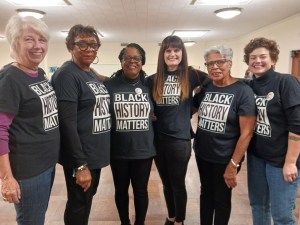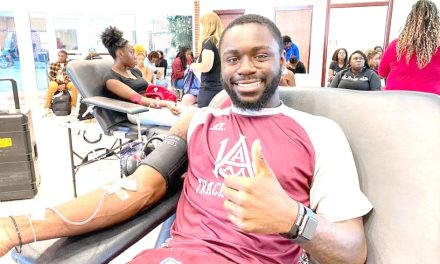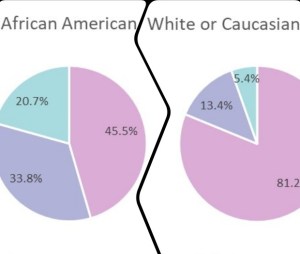By Catherine Pugh,
Special to the AFRO
The barriers blocking vehicle access to the Roland Water Tower in the historically Black neighborhood of Hoes Heights have been removed.
Baltimore Mayor Brandon Scott said in an exclusive Nov. 29 meeting with the AFRO that he has instructed the Department of Public Works (DPW) to remove the barriers, which were blocking traffic around the monument.
“A road that has not been bothering residents for over 100 years should not be changed,” said Scott.
Residents of Hoes Heights adamantly opposed the road closure and believed their concerns about access to the monument were being ignored as plans for redevelopment forged ahead.
Scott’s remarks came after a well-attended Nov. 17 community meeting on the Roland Water Tower plans, which include a park.
Lawrence Brown, Ph.D., a professor in the Department of Community Health and Policy at Morgan State University, noted the importance of Hoes Heights and the road access.
Brown spoke to those gathered, which included Hoes Heights residents like Joanne Kent, a descendant of Hoes Heights founders, brothers Grandison Hoe and William Hoe.
Grandison Hoe, a former slave, purchased the 12 acres of land known as Hoes Heights for $500 for his five children and built the homes the descendants still live in today.

Kent is among those residents who speak passionately about how life around the water tower and the road around it “has such deep meaning to a Black woman who grew up in Baltimore during segregation.”
Kent gave insight on her experience as a child, growing up in a segregated Baltimore. She said that the water tower represented a safe place for Black Baltimoreans during a time when life there was governed by an unwritten rule: do not go past the water tower road.
The rule was accepted by both Black and White residents alike.
Kent spoke of her encounter with a White man at Roland Avenue and Cold Spring Lane. The stranger told her and a sibling that they didn’t belong there and to go back to the water tower.
“We couldn’t get back to the water tower fast enough,” she recalled during the meeting. “The year was 1968. I was 12 years old.”
“The erection of those barriers brings back bad memories,” Kent said.
Kent concluded her remarks by noting that Hoes Heights residents are looking for a win-win situation that doesn’t ask the community to give up on the idea of a park around the water tower. She stated that she would rather residents look at the space as a place for recreation and commemoration, for gathering and celebrating the spirit of Hoes Heights’ founders, like her great-great grandfather, Grandison Hoe and his brother William.
The road being blocked has been open to the community for over a century.
The water tower sits in the middle of Hoes Heights between Roland Avenue and Evans Chapel Road.
Betsey Heeney, a member of the Hoes Heights Action team, spoke about how the closure had united the communities nearest to Hoes Heights.
“The road issue around the tower became the bridge that many of us chose to walk across to extend our hand in solidarity with neighbors left out of the process, including those who changed their minds about closing the road,” she said. “We support a park design that compliments the road with a greenspace designed for the enjoyment of all our neighbors. I didn’t know when the road was closed for the water tower repairs that it was to be permanently closed, it turns out that many of my neighbors did not know either.”
“We acknowledge and respect the hard work of the Roland Park leadership,” said Heeney. “We look forward to working together to complete a more perfect and equitable space for our neighborhoods for generations to come.”
Following the speeches, the moderator opened the meeting up for questions. Mostly statements were made in support of the Hoes Heights community, others asked when the road would be reopened.
District 7 Councilmember James Torrence was also in attendance and gave updates.
“My colleague, Odette Ramos has been taken out of this process. I want to build trust with this community,” he said.
Torrence explained that another round of survey will be done. The survey will be conducted door-to-door by his staff and will only include the communities surrounding the water tower to ascertain what they want.
Dana Moore, equity officer for Baltimore City, assured the audience that she will be watching the process.
The Hoes Height Committee Action team has received emails from area residents; most complimentary and a few disappointed, accusing the organizers of inserting race into the discussion around the closure of the road.
Help us Continue to tell OUR Story and join the AFRO family as a member –subscribers are now members! Join here!
The post Mayor Scott instructs DPW to remove barriers around Roland Water Tower appeared first on AFRO American Newspapers .











